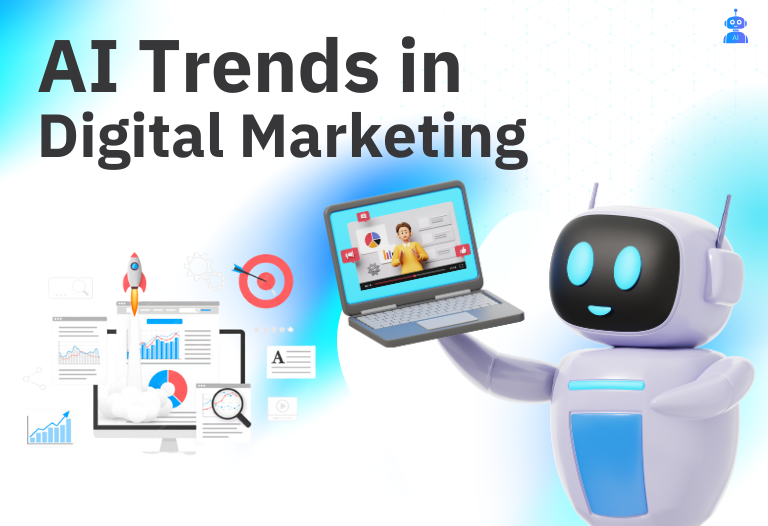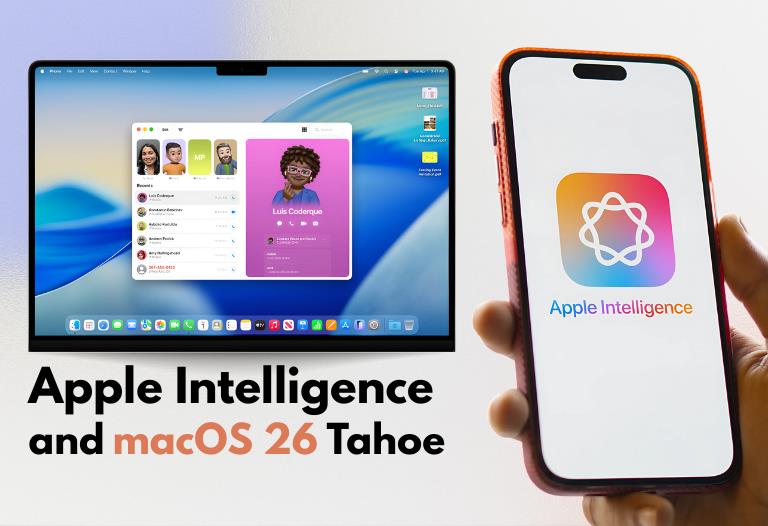
In 2023, AI flipped the world of developers’ upside down, much like everything else in technology. In a tech world full of expectations, 2024 holds the potential to be a turning point for developers everywhere.
2023’s reputation for costly security breaches due to human mistakes was another unfavorable trait. According to Verizon’s 2023 Data Breach findings, 74% of intrusions have a significant human component.
As per Ev Kontsevoy, CEO and co-founder of Teleport, the company that created the Teleport open infrastructure access platform, mistakes like abusing privileges, unintentionally exposing data, and falling prey to social engineering attacks are caused by diverse human factors and serious repercussions of compromising secrets.
Organizations are embracing identity verification and biometric devices as a result of these concerns’ ubiquity. But, he said that hackers are now deliberately looking for secrets ingrained in an organization’s architecture, such as browser cookies, private keys, API keys, and session tokens, rather than just being fixated on cracking passwords.
Forecasting Development and IT Security Shifts
A major adjustment will include a historic turnabout in the way businesses handle network security.
The focus on IT and the use of specialized security teams will disappear. Artificial intelligence technologies will continue to complement other developer integrations.
The waning significance of legacy platforms
Digibee executives predict three significant changes for developers this year:
- As AI continues to grow in popularity, low code will become more and more common.
- Better organizational design will be reinforced by integration; legacy systems will become outdated.
AI and low-code adoptions and use cases are similar. According to Digibee CTO Peter Kreslins, artificial intelligence (AI) is assisting businesses and individuals with tasks including managing, analyzing, and interpreting large amounts of data, producing first drafts of writing, answering queries, and reading medical imaging like X-rays.
AI is rapidly expanding in all application scenarios. In a similar vein, writing real code is lessened to a great extent by low coding.
It takes far less time to provide high-level guidance, which low-code systems translate to code. This is comparable to how generative AI systems, such as ChatGPT and Dalle-E, generate text or graphics quickly based on high-level direction.
AIOps: Full Speed Ahead
This year, developers will need to pay close attention to artificial intelligence for IT operations, or AIOps. Shahid Ahmed, group EVP of new ventures and innovation at NTT, states that although AGI and technological singularity are still far off, humans will play a significant role in the AI tale. AI usage is expanding quickly.
The concept of an entirely automated, fully-lit network operations center (NOC) is quickly taking shape thanks to the rapid advancement of AIOps.
Developers Welcome Interactive Security Innovations
Chris Hughes, chief security adviser at Endor Labs and cyber innovation fellow at CISA, projected that malicious actors will continue to attack the software supply chain because they understand the return on investment (ROI) of compromising a single significant target with several downstream users.
Attackers are still realizing that attacking a single proprietary software provider or a popular open-source software (OSS) library is significantly more successful than going after specific companies.
The need for concepts like software liability products and secure-by-design will persist due to this fact. Hughes pointed out that platform providers will keep attempting to influence systemic changes by implementing safe platform modifications that will help many people.
Meta Improves Coders’ Skill
With the announcement of its Purple Llama tool, Meta empowered developers, improved safety, and created an open environment as 2023 faded into oblivion.
The objective of Purple Llama, an umbrella project is to provide developers with equitable access to open trust and safety tools and assessments so they may responsibly use generative AI models and experiences in compliance with best practices.
Combining To Handle Regulatory Pressure
Maybe the drive for cybersecurity will affect software developers more immediately than it would their IT-related colleagues. Kontsevoy of Teleport claims that there would be increased regulatory pressure on their business.
The fact that Gartner projects that 45% of CISOs will broaden their responsibilities beyond cybersecurity as a result of growing regulatory pressure and an expanding attack surface is not by accident, he said.




 January 19, 2024
January 19, 2024










